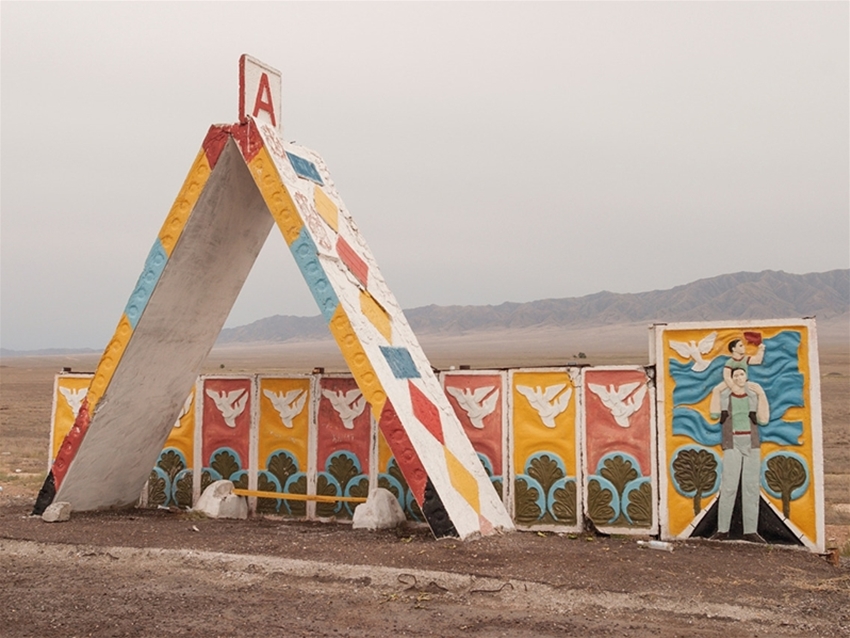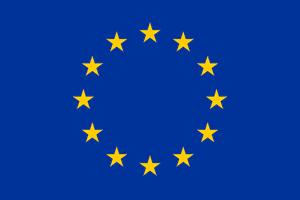Discussions
Fermate degli autobus sovietici - relitti del passato o tesori inaspettati dell'arte moderna?
KATARZYNA GUT
Fotografo Christopher Herwig ha percorso più di 30.000 km in auto, bicicletta, autobus e taxi in 13 paesi dell'ex Unione Sovietica alla scoperta del mondo degli autobus sovietici. Il suo impressionante viaggio ha prodotto 2 volumi di fotografie di alta qualità. A causa della diffusa mancanza di qualsiasi mezzo di trasporto privato, la maggior parte dei cittadini sovietici viaggiava con i mezzi pubblici. Il sistema di transito rapido del paese e del numero 39 era il più utilizzato al mondo. Di conseguenza, furono costruiti autobus o stazioni in tutto il paese che collegavano anche i villaggi più remoti. Molti di essi erano inseriti nel folklore o nell'architettura locale, ad esempio i disegni kazaki e kirghisi si ispirano alle tradizioni di equitazione e falconeria, i rifugi ucraini mostrano vivaci mosaici locali. Fate un viaggio al mondo delle fermate degli autobus sovietici godetevi i disegni creativi dell'epoca e fateci sapere cosa ne pensate nella sezione commenti.
.Comments
There are some awesome bus stop designs around the world, which challenge us to think outside the box. User experience should always be first amnd what the needs of the passengers, or those who have to wait at the bus stop some times for hours without any infmration about the services.
What can bus stops evolve into? How can they have a ricjer aesthtic and play a more central part in peoples lives.
Do they become consolidation centres for ferigh delivery, information centres, or multimodal transport centres.
They also represent one of the most hated places in the transport system, as their current designs may offer no protection from the environment, and they are dangerous places for peopel to wait especially if they are poorly maintained and unlit.


4 years ago